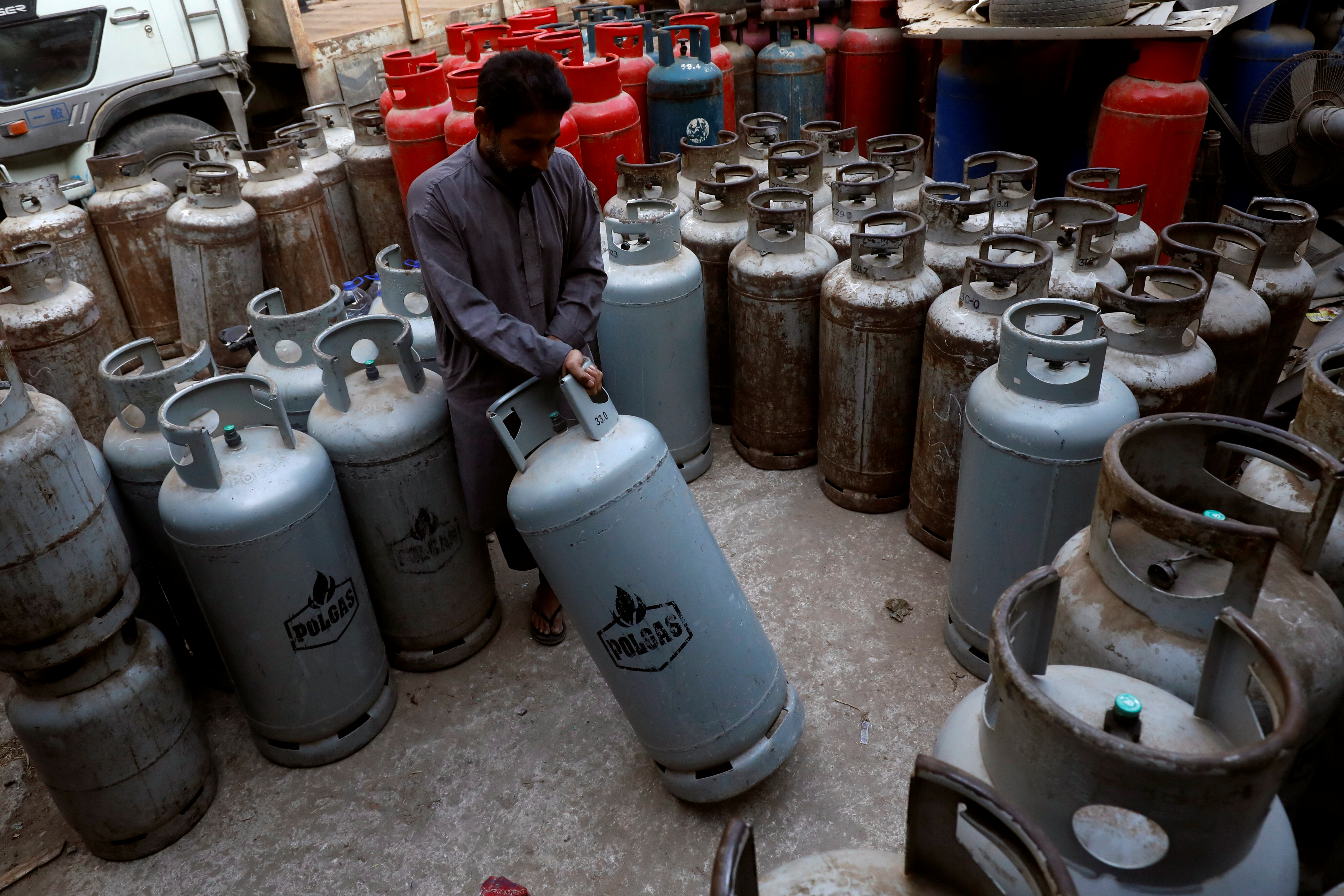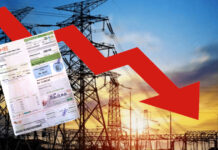The global energy market is in a state of flux, with gas prices set to soar while electricity costs are expected to fall. This trend, which is being observed worldwide, will have significant implications for Pakistani consumers, who are already grappling with high energy costs. Understanding this shift is crucial for households and businesses as they navigate the challenges posed by an unpredictable energy market.
The Global Context
Energy prices have been volatile due to a combination of factors, including the COVID-19 pandemic, Russia’s invasion of Ukraine, and disruptions in global supply chains. Although there was a temporary reprieve in 2023 with energy prices falling, 2024 has seen a resurgence in costs, particularly for gas. This volatility has been exacerbated by the energy policies of major economies, such as the European Union and China, which have been stockpiling gas to secure their winter energy needs.

While global energy prices are rising, the nature of energy contracts and the timing of purchases mean that price changes are not always immediately felt by consumers. For example, energy suppliers often buy gas and electricity in advance, which means that the prices consumers pay today may reflect market conditions from several months ago. This lag can lead to situations where prices remain high even after wholesale costs have dropped.
Gas Prices To Increase
In Pakistan, the energy sector is particularly vulnerable to global price fluctuations due to the country’s heavy reliance on imported fuels. Nearly 40% of Pakistan’s electricity is generated from gas and oil-fired power plants, making the country highly sensitive to shifts in global energy markets. With gas prices expected to rise further in the coming months, Pakistan will likely face increased costs for power generation, which could negate any potential savings from falling electricity prices.
One of the key challenges for Pakistan is its limited access to affordable gas supplies. The country missed opportunities to secure long-term gas contracts when prices were lower during the early days of the pandemic. As a result, Pakistan is now forced to purchase gas at significantly higher rates, contributing to the overall increase in energy costs.
The government has tried to mitigate the impact of rising energy prices through subsidies and targeted relief for lower-end consumers. However, these measures have had limited success, benefiting only a small portion of the population. The majority of Pakistanis continue to struggle with high energy bills, which are exacerbated by systemic issues such as energy pilferage and transmission losses.
What Consumers Can Expect
As gas prices continue to rise, Pakistani consumers should brace themselves for higher utility bills, especially during the winter months when gas demand spikes. While there may be some relief from falling electricity prices, the overall impact on household budgets is likely to be negative. This is particularly concerning given that nearly 40% of the population lives below the poverty line, making even small increases in energy costs burdensome.
For businesses, the situation is equally challenging. Without a price cap like the one in place for households, business energy costs in Pakistan are directly tied to global market conditions. This means that companies could face significant increases in operating expenses, potentially leading to higher prices for goods and services across the economy.

The anticipated rise in gas prices coupled with falling electricity costs presents a mixed bag for Pakistani consumers. While lower electricity prices might offer some temporary relief, the overall trend suggests that energy costs will continue to strain household and business budgets. To navigate this uncertain landscape, it is crucial for consumers to stay informed about market trends and explore energy-saving measures to mitigate the impact of rising costs. As global energy dynamics continue to evolve, Pakistan must also focus on long-term strategies to secure more stable and affordable energy supplies for its population.
Stay tuned to Brandsynario for latest news and updates









































